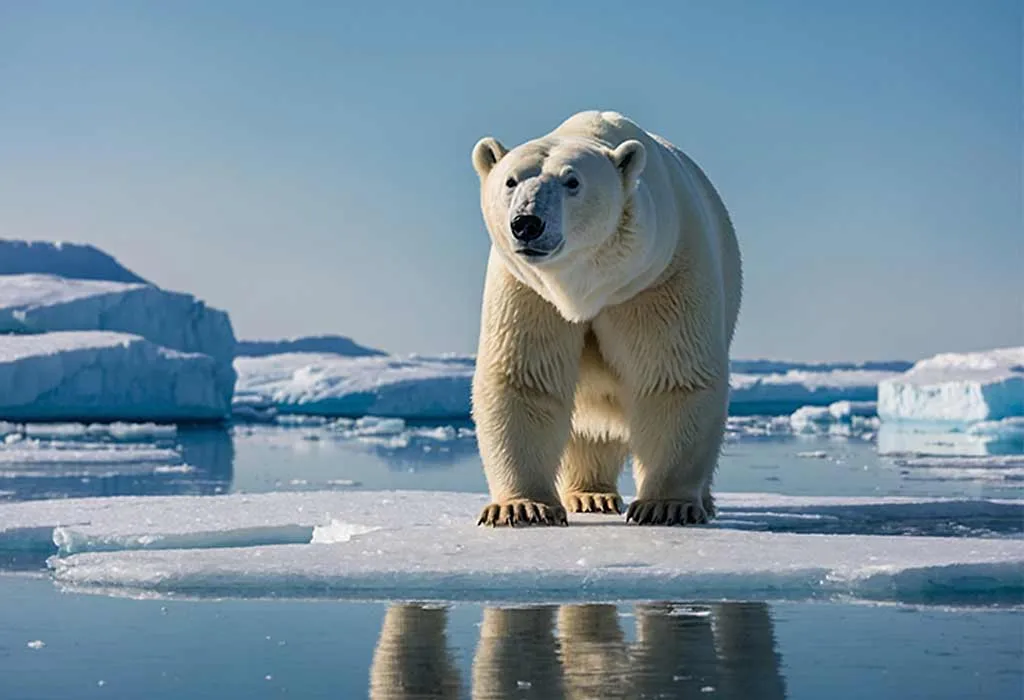World Polar Bear Day: 10 facts you didn’t know about polar bears

World Polar Bear Day, celebrated annually on February 27th, raises awareness about the challenges these magnificent creatures face due to climate change and the melting of Arctic ice. Here are 10 fascinating facts about polar bears that you might not know:
- Polar Bears Are Excellent Swimmers
Polar bears are powerful swimmers and can cover long distances in search of food. They have large, webbed paws that help them paddle through icy waters. Some have been known to swim distances of over 60 miles! - They Have a Thick Layer of Fat
Polar bears have a thick layer of fat beneath their skin, which helps insulate them from the freezing temperatures of the Arctic. This layer can be up to 4.5 inches thick and keeps them warm even in the coldest waters. - Black Skin Under Their Fur
While their fur appears white, polar bears actually have black skin. This black skin helps them absorb and retain heat from the sun, which is essential for staying warm in the frigid Arctic climate. - Polar Bears Can Smell Food From Miles Away
Polar bears have an incredible sense of smell and can detect prey from over 20 miles away. Their keen noses help them locate seals, their primary food source, even beneath several feet of snow or ice. - They Are Carnivores
Polar bears are primarily carnivorous, feeding mainly on seals, particularly ringed and bearded seals. They hunt by waiting near breathing holes or breaking through thick ice to capture their prey. - Vulnerable Species
Due to melting sea ice caused by climate change, polar bears are classified as a vulnerable species. They depend on sea ice for hunting and breeding, and as the ice shrinks, their habitat becomes increasingly threatened. - They Can Fast for Months
Polar bears can survive without food for long periods, particularly during the summer months when ice melts and hunting becomes more difficult. Some can go up to 6-8 months without eating, relying on their fat reserves. - Polar Bear Cubs Are Born Tiny
At birth, polar bear cubs weigh just over a pound and are incredibly small and underdeveloped. They stay with their mothers for around two years, learning how to hunt and survive in the harsh Arctic environment. - Adapted to the Cold
Polar bears’ fur isn’t the only adaptation they have to the cold. Their paws are covered with thick fur that helps them walk on ice without slipping, and their sharp claws help them grip the slippery surfaces. - They’re Excellent Hunters but Not Always Successful
While polar bears are skilled hunters, they don’t always catch their prey. Hunting in the Arctic is tough, and a bear might go days or even weeks without a successful hunt. This is another reason why the melting ice is such a threat to their survival.
World Polar Bear Day is a reminder of the urgent need to protect these remarkable creatures and their environment. The survival of polar bears depends on global efforts to address climate change and preserve the Arctic ecosystem they call home.
You can know more about raz vape, or raz vape flavors from our website.


